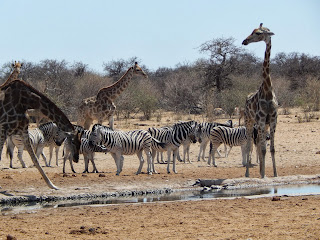Is learning a new language among your resolutions for 2014? If you live in the nation's capital, there are several spots to learn foreign tongues from native speakers.
For example, Casa Italiana is like a little piece of the old country set smack dab in the center of the city. Adjacent to the Holy Rosary Catholic Church, established in 1913 to serve the spiritual needs of Italian immigrants, Casa Italiana serves as a cultural mecca for Italians and wannabes alike. Aside from the full slate of language courses, you can also study various aspects of Italian culture, from literature to cooking to history.
Like the country it represents, the Russian Cultural Centre (RCC) looks imposing from the outside. But once inside this official home of Russian culture in the USA, things seem to thaw. Language courses are available throughout the year, mostly at the beginner and intermediate levels. Classes generally meet twice a week for four weeks and are taught by Russians residing in DC. As a special feature, you might be recruited as a spy.Alliance Francaise has two locations, one near Dupont Circle and the other in Penn Quarter. Both host specialized classes, with sessions concentrating on writing or phonetics or corrective grammar. Also in Penn Quarter is the Goethe-Institut. The German cultural center has nine-week German courses and three-week intensive sessions.
Need more options? How about taking Urdu or Farsi at the U.S. Graduate School? That's right, the USDA Grad School, located near the National Mall, is a well-regarded foreign language instruction farm. Its fields of language study include Arabic, French, Hindi, German, Korean, Spanish, Russian, Portuguese, Farsi, Turkish and Urdu. Introductory courses cover listening, speaking, reading and writing with equal emphasis, while conversational tracks focus on speaking and listening skills.
Of course, if you don't feel like leaving your house, there are always on-line options and Rosetta Stone. But when possible, let those options be complementary to your language study. After all, taking real life classes provides the human touch to the art of speaking in tongues.































